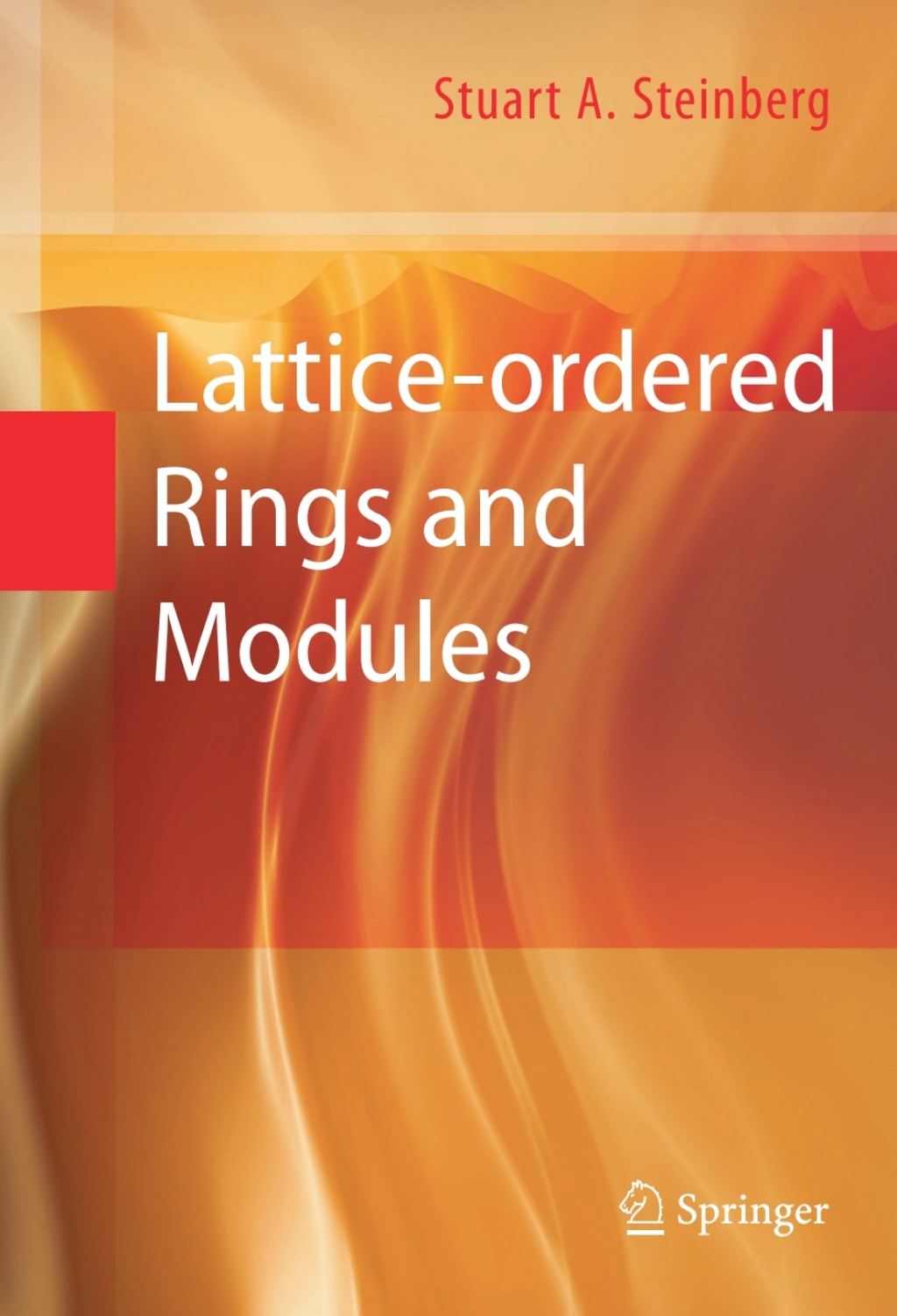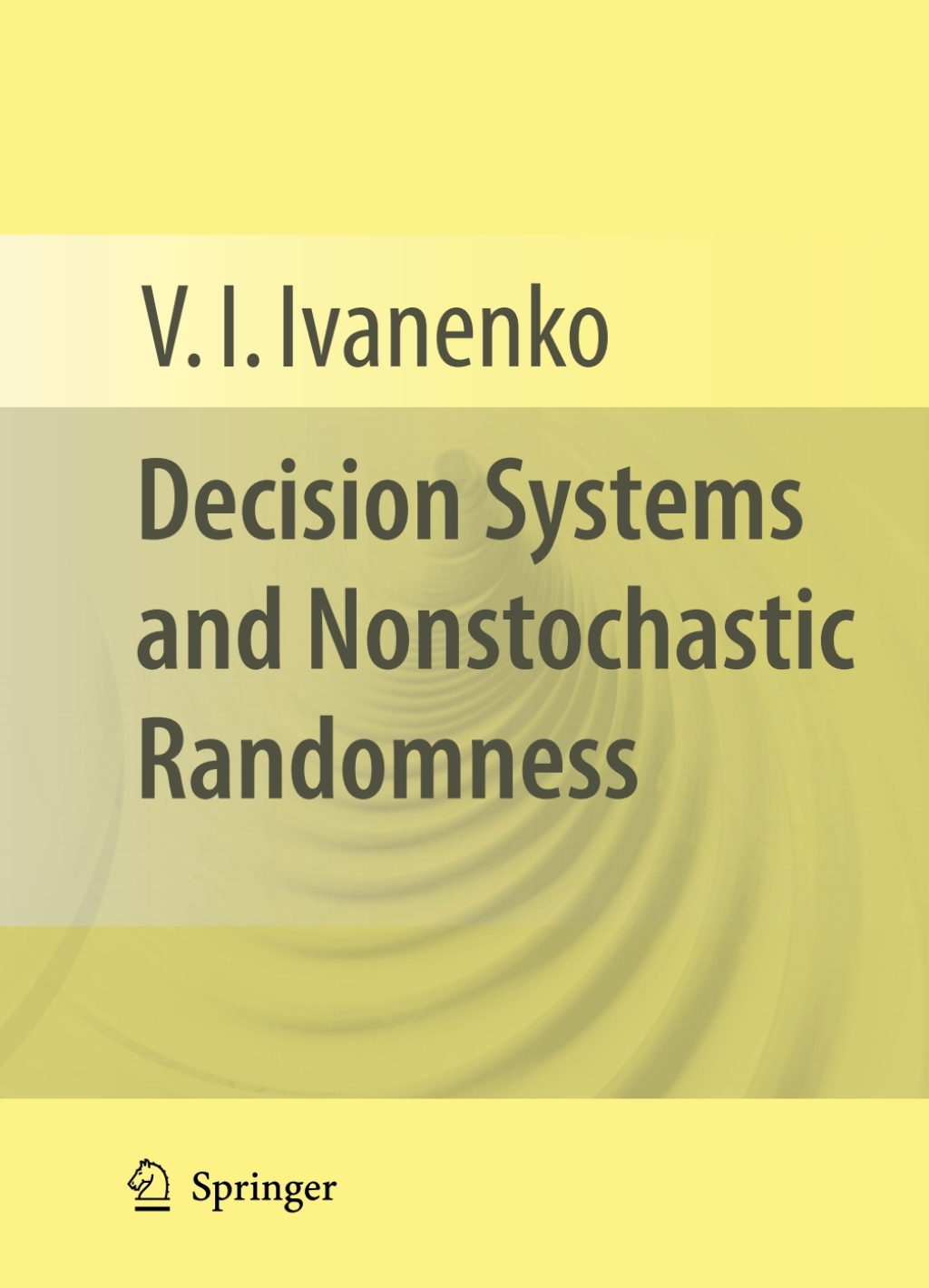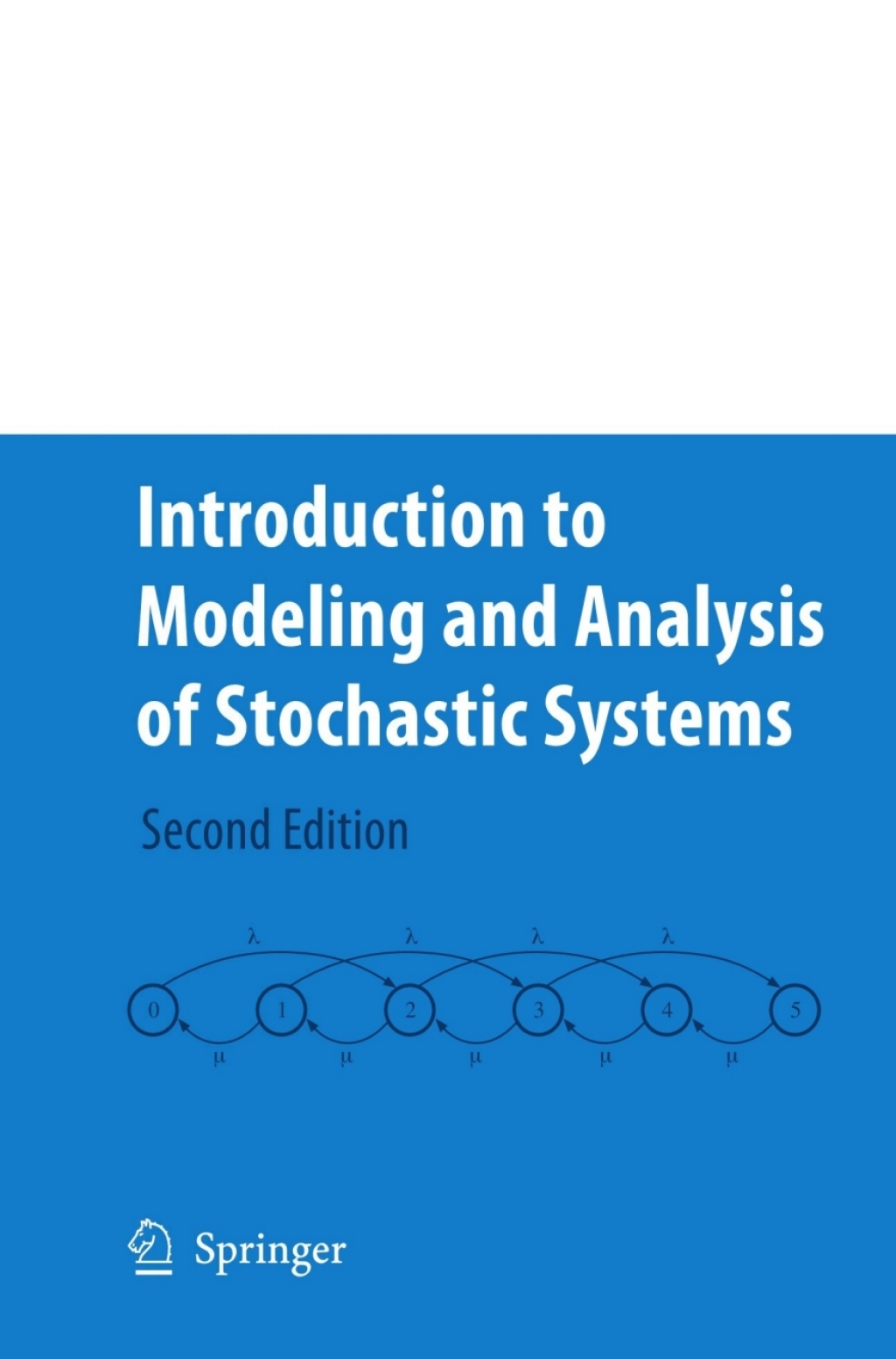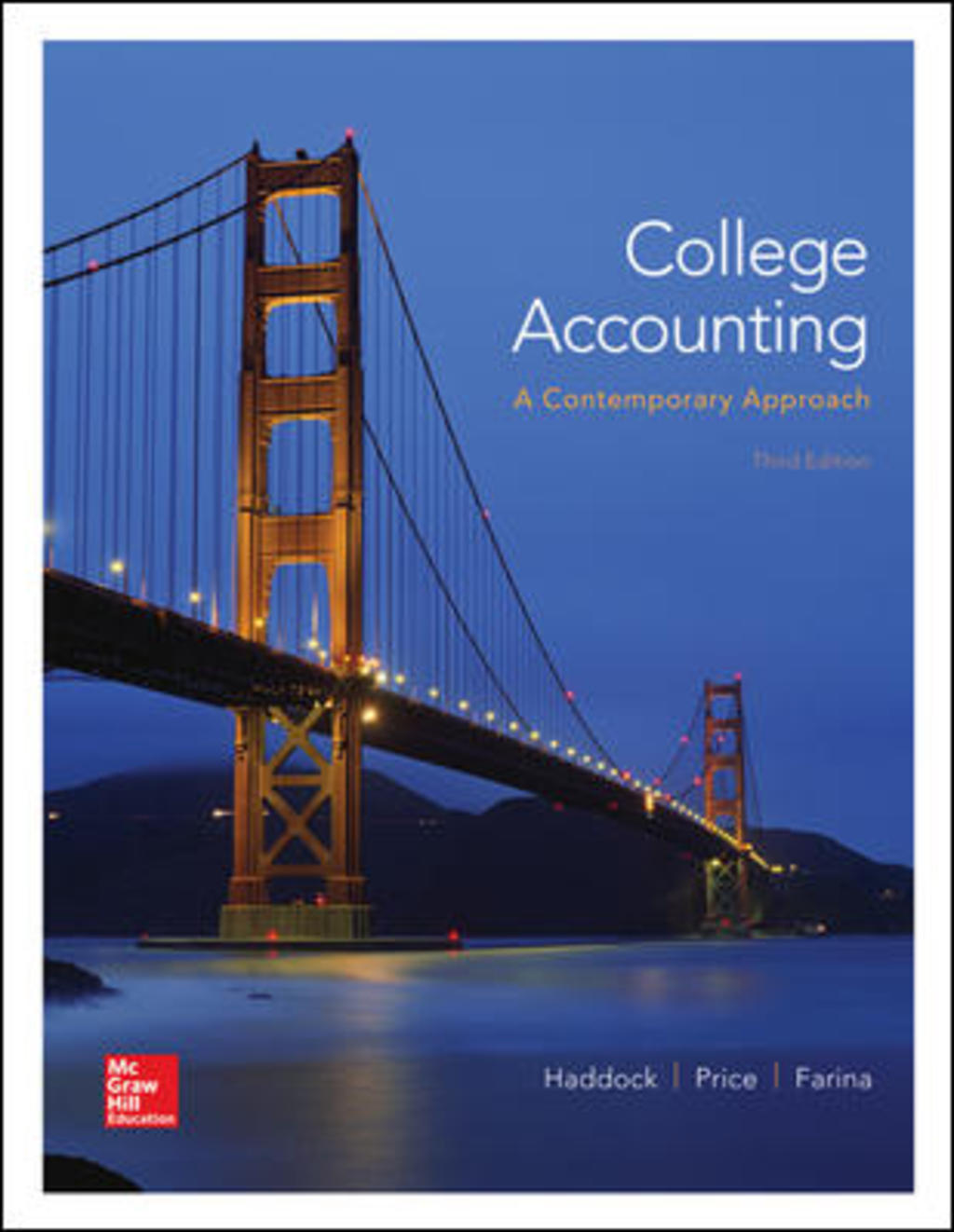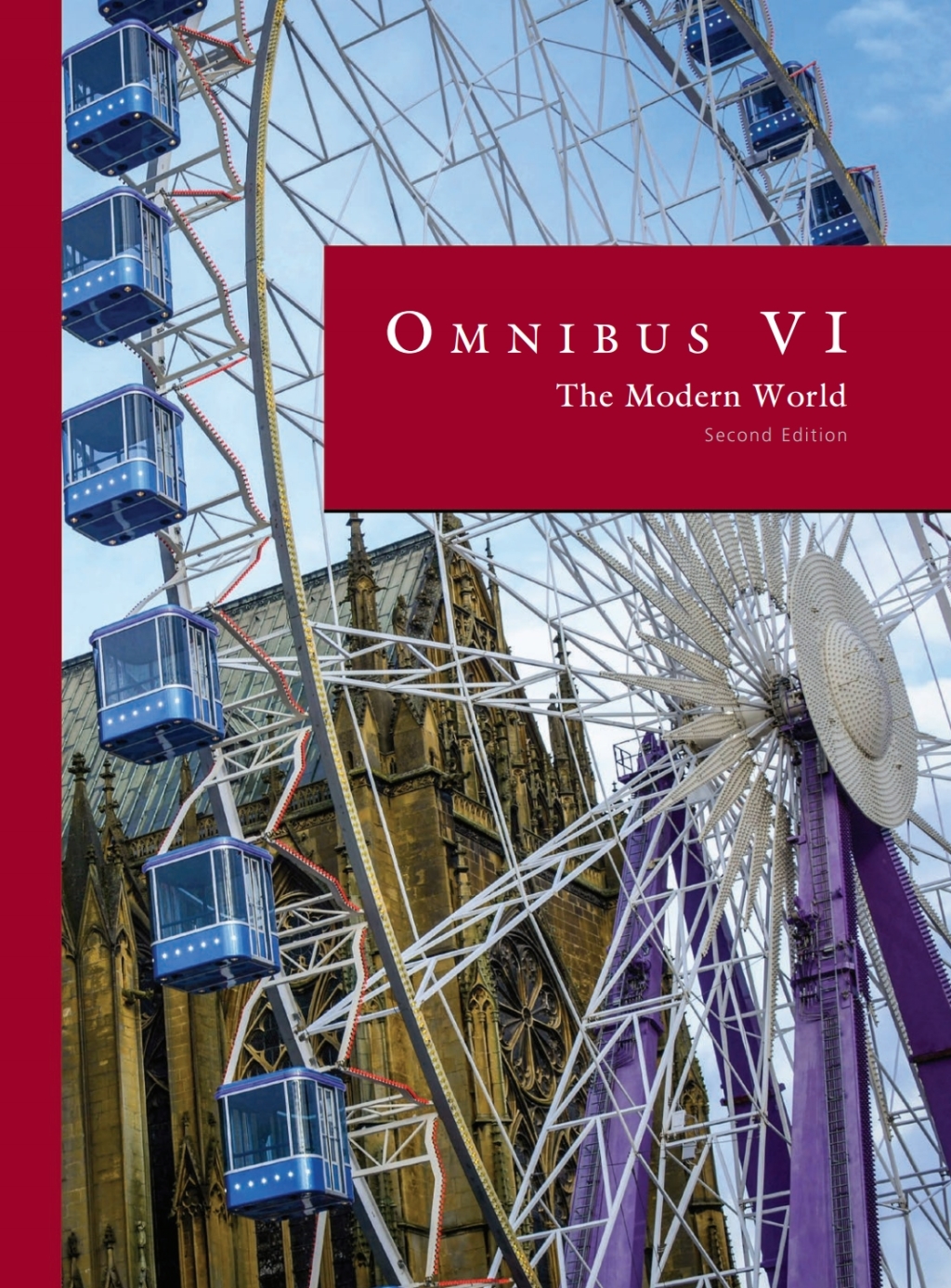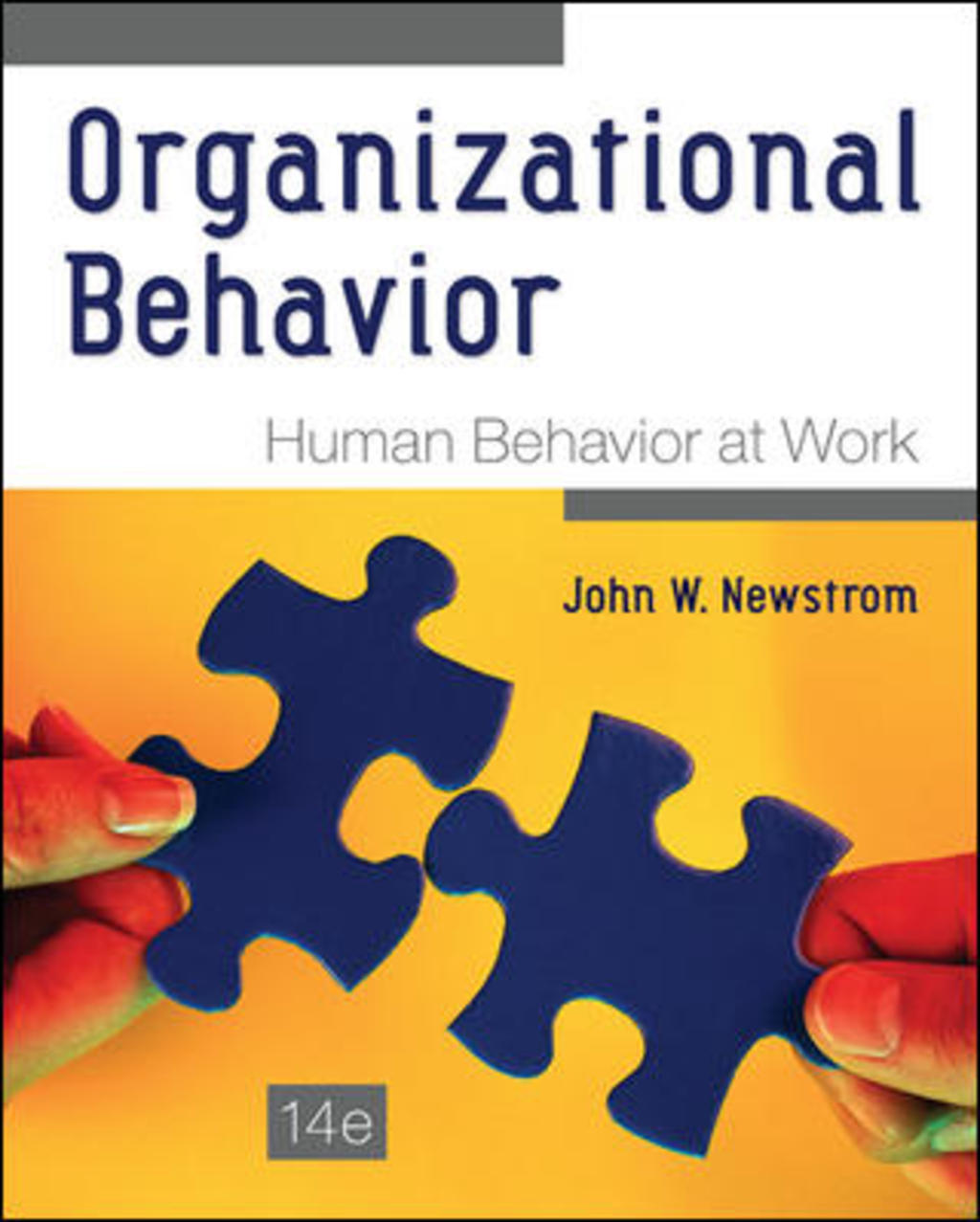Description
This is an introductory-level text on stochastic modeling. It is suited for undergraduate students in engineering, operations research, statistics, mathematics, actuarial science, business management, computer science, and public policy. It employs a large number of examples to teach the students to use stochastic models of real-life systems to predict their performance, and use this analysis to design better systems. The book is devoted to the study of important classes of stochastic processes: discrete and continuous time Markov processes, Poisson processes, renewal and regenerative processes, semi-Markov processes, queueing models, and diffusion processes. The book systematically studies the short-term and the long-term behavior, cost/reward models, and first passage times. All the material is illustrated with many examples, and case studies. The book provides a concise review of probability in the appendix. The book emphasizes numerical answers to the problems. A collection of MATLAB programs to accompany the this book can be downloaded from www.unc.edu/~vkulkarn/Maxim/maxim.zip. A graphical user interface to access the above files can be downloaded from www.unc.edu/~vkulkarn/Maxim/maximgui.zip . The second edition incorporates several changes. First its title reflects the changes in content: the chapters on design and control have been removed. The book now contains several case studies that teach the design principles. Two new chapters have been added. The new chapter on Poisson processes gives more attention to this important class of stochastic processes than the first edition did. The new chapter on Brownian motion reflects its increasing importance as an appropriate model for a variety of real-life situations, including finance.

